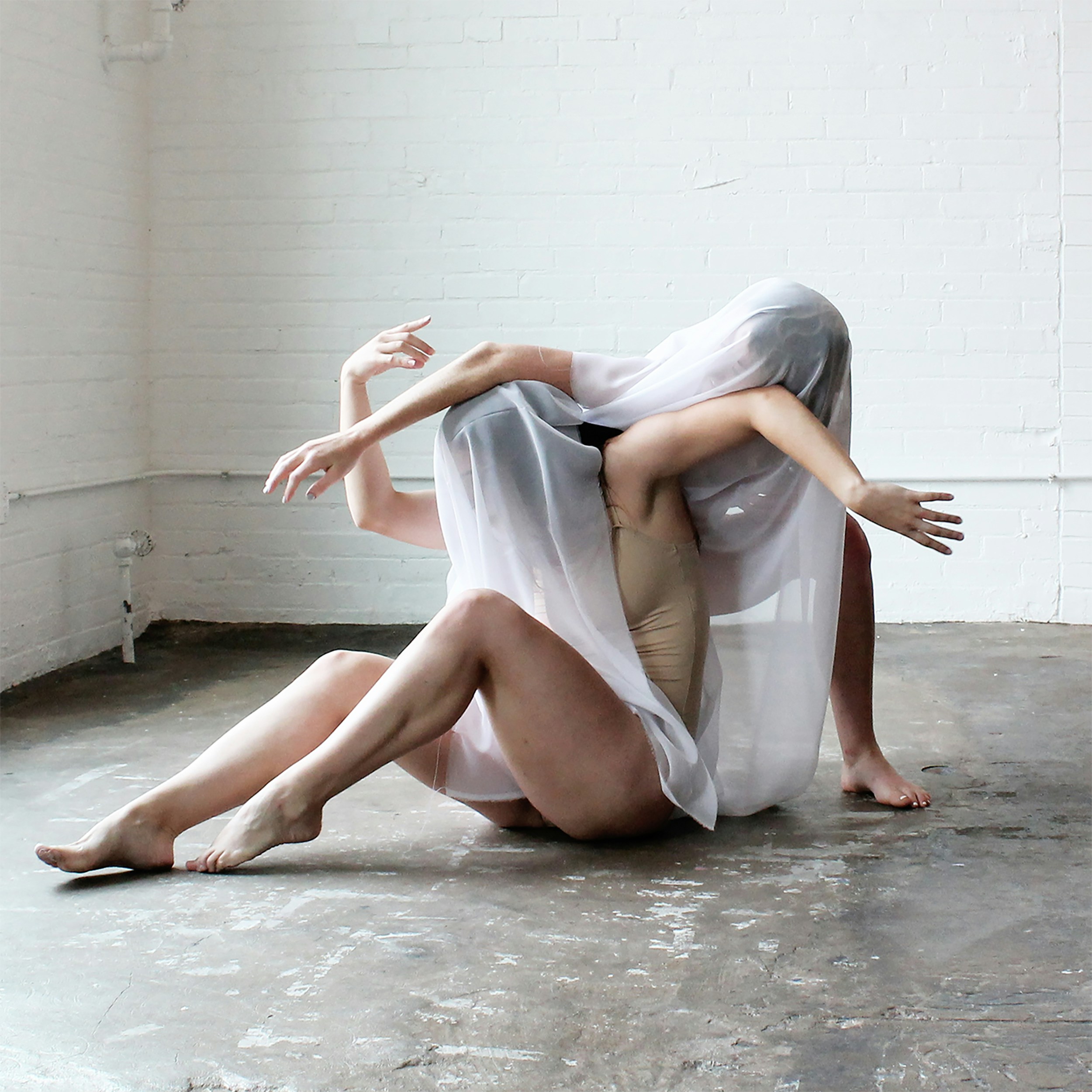Contemporary art often stirs confusion, curiosity, or even controversy. Many people find themselves staring at a blank canvas or an installation of flickering lights and thinking, “Is this really art?” The answer is a resounding yes—but it depends on how we understand what art can be.
This article explores what contemporary art is, how it differs from modern art, and why it matters today. Whether you’re an artist, educator, parent, or simply curious about what defines today’s art world, this guide is designed to deepen your appreciation of one of the most dynamic and thought-provoking realms in culture.
What Is Contemporary Art?
At its simplest, contemporary art refers to art made by living artists or art produced from the late 20th century to the present. It reflects current ideas, issues, and materials, often breaking away from traditional forms and embracing new mediums—such as video, performance, digital media, and even social interaction.
It is not bound by a single style, and that’s what makes it both exciting and challenging. A conceptual installation by Ai Weiwei, a hyperrealistic painting by Kehinde Wiley, or a digital piece created through AI—all of these fall under the broad umbrella of contemporary art.
Contemporary vs. Modern Art
The terms “modern” and “contemporary” are often used interchangeably, but in the art world, they refer to distinct periods and philosophies:
Modern Art (approximately 1860s–1970s): Characterized by movements like Impressionism, Cubism, Surrealism, and Abstract Expressionism. It sought to break from academic traditions.
Contemporary Art (1970s–today): Focuses on current social, political, and cultural themes. It often engages with the audience and questions the very nature of art itself.
Where modern artists pushed visual boundaries, contemporary artists often push conceptual ones.
Key Themes in Contemporary Art
1. Identity and Representation
Contemporary artists frequently explore themes related to gender, race, ethnicity, and sexuality. They challenge stereotypes and give voice to underrepresented groups.
Example: Mickalene Thomas redefines the portrayal of Black women in art history through vibrant, collage-like portraits.
2. Politics and Activism
Art has become a space for protest and advocacy, addressing everything from climate change to immigration.
Example: Banksy’s street art often critiques political systems, war, and capitalism with irony and humor.
3. Technology and Media
The rise of the digital age has transformed how art is made, shared, and experienced. From NFTs to augmented reality, artists are leveraging tech in unexpected ways.
Example: Refik Anadol uses data and AI to create immersive installations that feel both futuristic and poetic.
4. Globalization and Cultural Hybridity
Contemporary art reflects our interconnected world. Artists draw from multiple traditions, often fusing Eastern and Western elements.
Example: El Anatsui uses discarded materials in West African-inspired sculptures that question consumerism and colonial history.
Forms and Mediums in Contemporary Art
Contemporary art is less about technique and more about intent, context, and experience. Here are some common forms:
1. Installation Art
Large-scale, often immersive works designed to transform a space and engage multiple senses.
Example: Yayoi Kusama’s Infinity Mirror Rooms.
2. Performance Art
Artworks that are performed live, often blending theater, dance, and visual art.
Example: Marina Abramović’s endurance-based performances.
3. Digital and New Media Art
Uses computers, video, code, or the internet to create interactive and time-based works.
Example: TeamLab’s digital art exhibitions that respond to viewers’ movements.
4. Conceptual Art
Focuses on the idea behind the work more than the object itself.
Example: Joseph Kosuth’s “One and Three Chairs” explores language, meaning, and representation.
How to Appreciate Contemporary Art
Understanding contemporary art requires openness and a willingness to sit with uncertainty. Here are tips for engaging with it meaningfully:
1. Ask Questions Instead of Seeking Answers
“What is the artist trying to say?”
“How does this relate to my world?”
“Why does this feel uncomfortable or strange?”
The value of contemporary art often lies in the conversation it sparks.
2. Read the Wall Text or Artist Statement
These materials can provide essential context, especially for conceptual or abstract works.
3. Don’t Expect to ‘Like’ Everything
Contemporary art may be confusing, provocative, or even intentionally disturbing. That’s part of its power—to challenge norms and provoke thought.
4. Engage with the Community
Attend artist talks, panel discussions, or workshops. Seeing how others respond can deepen your own understanding.
Notable Contemporary Artists to Know
Here’s a non-exhaustive list of influential living artists you might explore:
Ai Weiwei (China): Political installations and activism.
Jenny Holzer (USA): LED text works addressing violence and power.
Tatsuo Miyajima (Japan): Time, light, and spirituality in digital form.
Cecily Brown (UK): Abstract-expressionist figuration.
Zanele Muholi (South Africa): Queer visual activism through photography.
Tania Bruguera (Cuba): Art as social and political performance.
Their diversity reflects the global and pluralistic nature of contemporary art.
Why Contemporary Art Matters Today
In a world of accelerating change, contemporary art offers a space to pause, reflect, and reimagine. It helps us:
Understand complex social issues.
Visualize alternate realities or futures.
Connect emotionally in an increasingly digital world.
Reclaim narratives often marginalized in history.
Most importantly, it invites us to question the world—and to take part in shaping it.
Challenges in Engaging with Contemporary Art
1. Perceived Elitism
Museums, galleries, and critical language can intimidate those outside the art world. Solution? Access community-based spaces, online platforms, or public art that democratize the experience.
2. Over-Intellectualization
Sometimes, works come with dense theory that can alienate. Approach them with curiosity instead of fear—you don’t need a degree to form a personal connection.
3. Market and Commodification
The art market can reduce powerful ideas into status symbols. Still, many artists create work outside of this system, often shared freely or experienced in non-commercial ways.
Contemporary Art in Education
Introducing contemporary art in schools:
Sparks critical thinking and media literacy.
Makes room for student identity and diverse narratives.
Encourages problem-solving and innovation.
Teachers can use works from living artists to connect with issues students care about, from mental health to climate change.
Final Thoughts
Contemporary art isn’t about decoding hidden meanings or memorizing timelines. It’s about learning to see with fresh eyes—to engage with the present moment in all its complexity.
It teaches us that art is not static, but alive: it speaks, evolves, resists, and reflects. Whether through a mural on a city wall, a VR experience, or a conceptual piece in a white cube gallery, contemporary art invites us to witness the now—and imagine the next.




